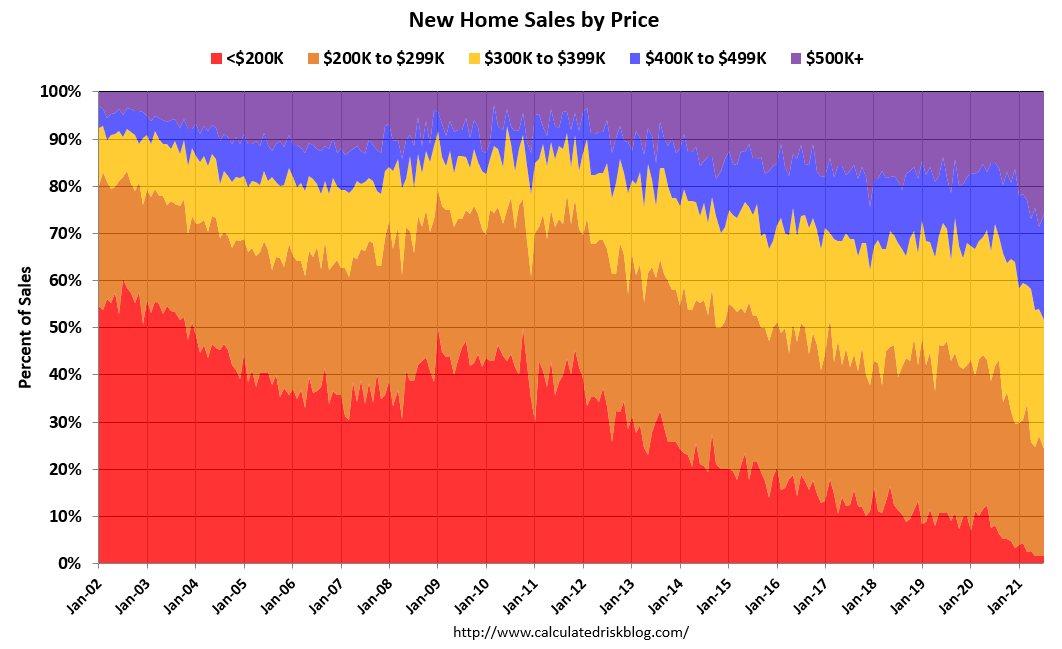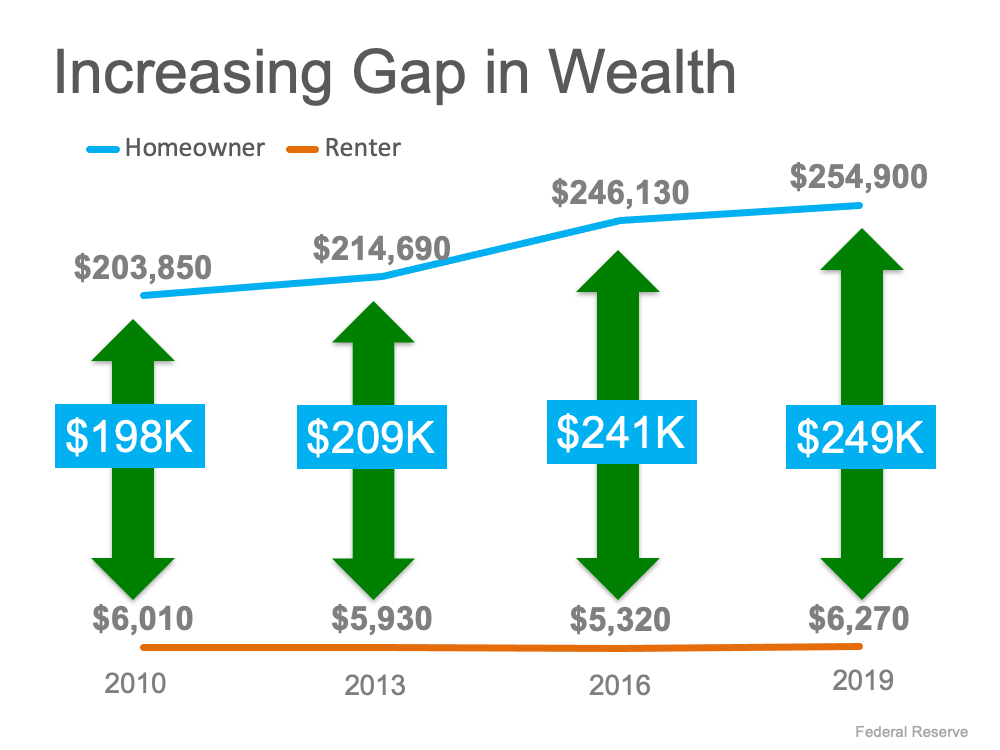Where Have All the Starter Homes Gone?
The market for small homes has collapsed. Here’s what cities can do to revive it
Written By Gwen McCarter Nagle
Sarah Sanborn and her family began house-hunting in early 2021. She did eventually buy a house, and in that sense, she was lucky. But her story also reflects the collapse of the affordable home market in the South. That story repeats for thousands of families across the region.
By March 2022, Sarah told WRAL TechWire that “we were blown away with how high prices had risen.” In the end, she said, “It just wasn’t possible for us to find anything in Durham.” The house she ultimately purchased was in Sanford, around a fifty-mile drive from Downtown Durham. This affordability problem would be bad enough on its own, because prospective homebuyers like Sarah get priced out of where they want to live, forced to reside outside existing communities and saddled with longer commutes. But the situation isn’t that simple.
According to Calculated Risk, over the past twenty years, new homes selling for under $200,000 went from 60 percent of sales to nearly 0 percent. The limited availability of the most affordable homes creates a crunch, of course. But another factor is more insidious, and this is where long-term alarm bells should be going off: The raising of this entry point means that more families never attain homeownership. It’s a one-two punch.

Although it’s possible to save and create wealth while not owning a home, the data is overwhelming: Homeowners have wealth, and renters do not. Because most people enter homeownership at the lowest price points, the more households who get shut out of their first opportunity for homeownership, the fewer citizens who hold literal equity in society.

If the current state of the affordable housing market feels bleak, that’s because, for many, it is. But something can be done.
This market’s collapse won’t be reversed overnight, and the solution will be multi-pronged. Still, cities can act to make it easier to build smaller homes. One of the primary challenges here is regulatory. If cities can change their stance toward issues such as parking, lot size, density standards, and re-zoning procedures, we can begin resurrecting the market for smaller and more affordable housing.
Gwen McCarter Nagle was Editor In Chief of Southern Urbanism Quarterly. She has earned degrees from the University of Virginia and Harvard and has been writing or editing one thing or another forever. After a lengthy stint in brand strategy, she now enjoys helping thought leaders turn their ideas into powerful pieces of content that can have a positive impact on the world.

